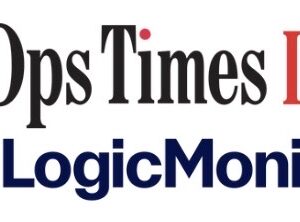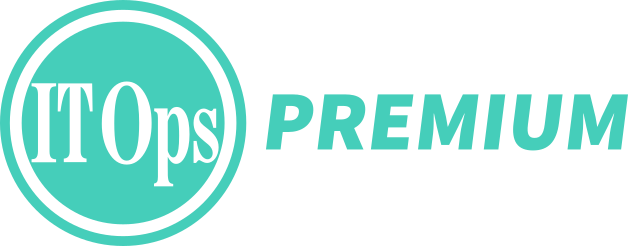Webinars
NetOps with Broadcom – Microwebinar Series
In this microwebinar series with Broadcom, Jeremy Rossbach, Chief Technical Evangelist for NetOps, provides essential insights and actionable strategies for network operations and explores practical strategies to enhance network resilience and accountability, achieve advanced visibility across hybrid environments, and transition from basic monitoring to comprehensive network observability for optimized performance.
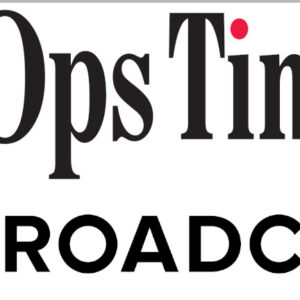
Webinars
AI’s Impact on Network Engineering and Operations – Microwebinar Series
AI’s Impact on Network Engineering and Operations
Join Phil Gervasi from Kentik for this insightful 15-minute microwebinar where we will dive straight into the essential aspects of AI and uncover the practical realities of its application in network engineering, netops, and network architecture.
Webinars
AI meets Network: Now what?
There’s a lot of buzz about AI in networking, but it can’t be real…right? Join our webinar where we’ll explore both the potential and the limitations of AI, providing a balanced view on its practical applications. By the end of this webinar, you’ll have a clear understanding of where AI can genuinely add value and what is merely hype for IT, networking, app, and I&O teams.
This session is for those who are skeptical and curious about AI. We’ll look at both the good and the bad, giving you a balanced view. By the end, you’ll know where AI can truly help and what is just talk.
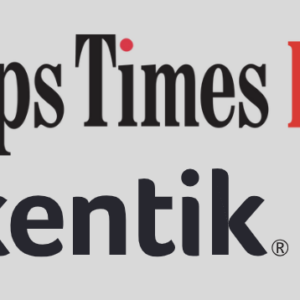
Webinars
4 Requirements for a Single Pane of Glass in IT Operations
AVAILABLE NOW | For years, technology vendors have promoted the ‘single pane of glass’ as a silver bullet for service-oriented management. The promise was simple: buy this mega-suite of tools and get a single view of your IT environment.
Unfortunately, the promise of a single pane of glass for IT operations and management has resulted in a lot of vendor hype with little actual results.
Watch the video from this webinar discussion around how IT Operations teams CAN FINALLY get a consolidated view.
You’ll learn:
- 4 must-have requirements for success
- 5 barriers & challenges to SPOGs of the past
- Why it’s more important now than ever
Watch today!

Webinars
ITOps Times Live! Microwebinar Series – Internet Resilience
WATCH THE FULL SERIES
Every business today relies on the Internet for critical business operations, and IT professionals must ensure Internet Resilience for their company’s customers and workforce. But what does that mean and how can they monitor everything in the digital delivery chain when so much is out of their control? The answer: Internet Performance Monitoring.
In this ITOps Times Live! microwebinar series featuring Catchpoint, editor-in-chief David Rubinstein asks the questions you need answered in order to ensure Internet Resilience for your business – and all in about 10 minutes!
Related Resource:
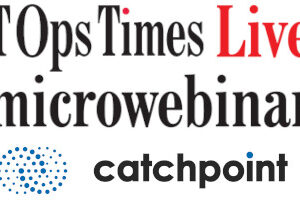
Webinars
The State of AIOps 2023: Delivering Value but Falling Short of Expectations
AVAILABLE NOW
To find out, OpsRamp commissioned a survey of enterprise IT organizations and managed service providers across North America, Europe and Asia-Pacific. One key takeaway: while most organizations want to use AIOps to improve automation, reducing trouble-ticketing is proving to be a far more attainable goal.
Watch as we review and analyze the survey results on this webinar. You’ll learn:
- What is driving the adoption of AIOps?
- What are the top use cases for AIOps and how are organizations benefiting from the technology?
- How has AIOps delivered on its promise and where has it missed the mark so far?
- What obstacles and challenges have organizations faced with AIOps and how have they overcome them?
- What concerns do AIOps adopters have going forward?
Watch the video on demand today!

White Papers
[Demo] Infrastructure Monitoring with LM Envision_MP4
See LM Envision in action
LogicMonitor’s SaaS-based infrastructure monitoring platform is a breeze to set up and scale with your entire environment. In this demo, Sales Engineer Stuart Carrison discusses the LogicMonitor architecture, how data is collected, logs, and some of our powerful features.
Features covered include:
– Forecasting data to see potential upcoming trends
– Anomaly detection and alert suppression
– Creating new dashboards and using pre-built ones
– Log analytics data to help find and fix problems faster
Watch this quick demo today!
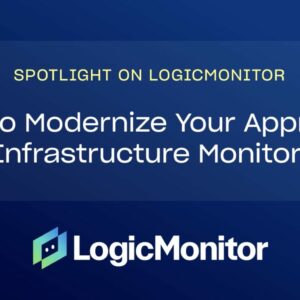
White Papers
[Guide] Built to scale: How to use automation to drive enterprise extensibility
Are you or your leaders intrigued by automation but hesitant to implement it? Maybe that’s due to concerns over job replacement; maybe it’s due to perceived complexity; perhaps it’s fear of disruption. Whatever the hesitation, there is no doubt that automation is designed to reduce repetitive tasking and free up time for innovation.
In this guide, we cover some of the most common misconceptions related to automation and illustrate key ways to use automation to drive growth.
In this guide, you’ll learn:
– The 3 types of IT process automation
– 6 common misconceptions about IT automation
– How to use automation in monitoring and observability
– How to use automation to keep your business flexible and resilient
Plus, learn two key ways to leverage LogicMonitor’s automated workflows and OOTB integrations with LM Envision. Download the guide today!
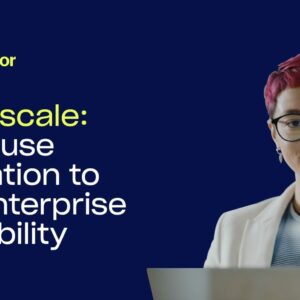
White Papers
[Report] 6 Reasons IT Pros Are Ditching Legacy Monitoring Tools
As organizations shift IT assets to the cloud and their tech stack becomes more complex, SaaS-based monitoring helps teams transition from reactive monitoring to real-time observability. Find out how in this PeerSpot Report.
In this report, real IT Pros discuss why their teams are moving away from legacy monitoring tools. Here is what you’ll find inside:
– Why legacy and on-premises monitoring tools can’t keep up with modern technology
– Why SaaS-based platforms are essential for IT infrastructure monitoring today
– The six main reasons your peers are ditching legacy monitoring tools (from real user reviews on PeerSpot)
Read the full 6 reasons here!
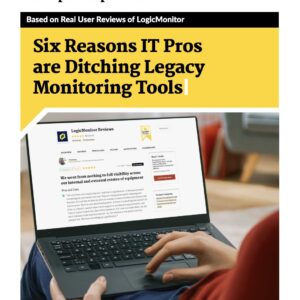
White Papers
[Guide] Cloud with Confidence – Best Practices for Effectively Scaling and Optimizing How You Cloud
Having a cloud strategy isn’t innovation; it’s what organizations need to scale great ideas and deliver robust customer experiences. As environments become more complex, it’s critical to evolve to the cloud in the right way or you’ll end up just another legacy company lost in the clouds.
From several years of research and market observation, we put together a comprehensive guide that outlines 8 cloud best practices and 7 actionable tips to measure success.
In this two-part guide, you’ll learn:
– The difference between cloud migration and cloud transformation
– How observability can pave the way for transformation
– How to avoid the limitations of native providers
– How to control spend and keep teams happy
“LogicMonitor is the only tool that can put the cost of running something in the cloud, the performance of that thing in the cloud, and the business metrics on the same page.”
Download the guide here!
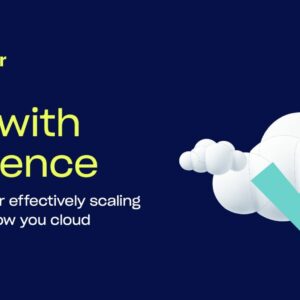
Webinars
Not Just a Juggling Act: How to Support Your Hybrid IT Environment with LogicMonitor
PREMIERES JANUARY 10, 2023 @ 1:00 PM ET | 10 AM PT
The key? A monitoring solution that is resilient but agile, customized but supported, and data-first but secure. If you’re searching for a solution that allows you to monitor hybrid environments and correlate the data instantly, check out our next webinar with LogicMonitor, Not just a juggling act: how to support your hybrid IT environment with LogicMonitor.
In the webinar, you’ll learn:
* How to future-proof your hybrid IT with a platform-approach to observability
* How to navigate the different stages of cloud maturity
* How to determine what’s best for your business and teams on your cloud journey
Plus, learn how LogicMonitor delivers holistic monitoring solutions for where you are and where you’re going.
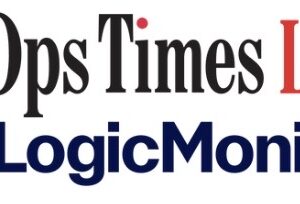
Webinars
How to Eliminate Tool Sprawl without Causing a Rebellion
AVAILABLE NOW Digital transformation in enterprise IT is creating significant breakthroughs in business opportunities. Despite these developments, moving applications and workloads to the public cloud and operating in hybrid IT at scale is challenging and complex.
This transition increases tool sprawl and creates siloed visibility, causing service performance blind spots, and delays in triage and troubleshooting. It is critical that related functions like monitoring, must also transition to ensure unified observability in these complex, dynamic hybrid IT environments.
In this webinar, we you will learn the:
- Drivers behind tool sprawl and why Ops teams are struggling with it
- Challenges companies experience when maturing their monitoring practices
- Recommendations for how to solve these challenges
